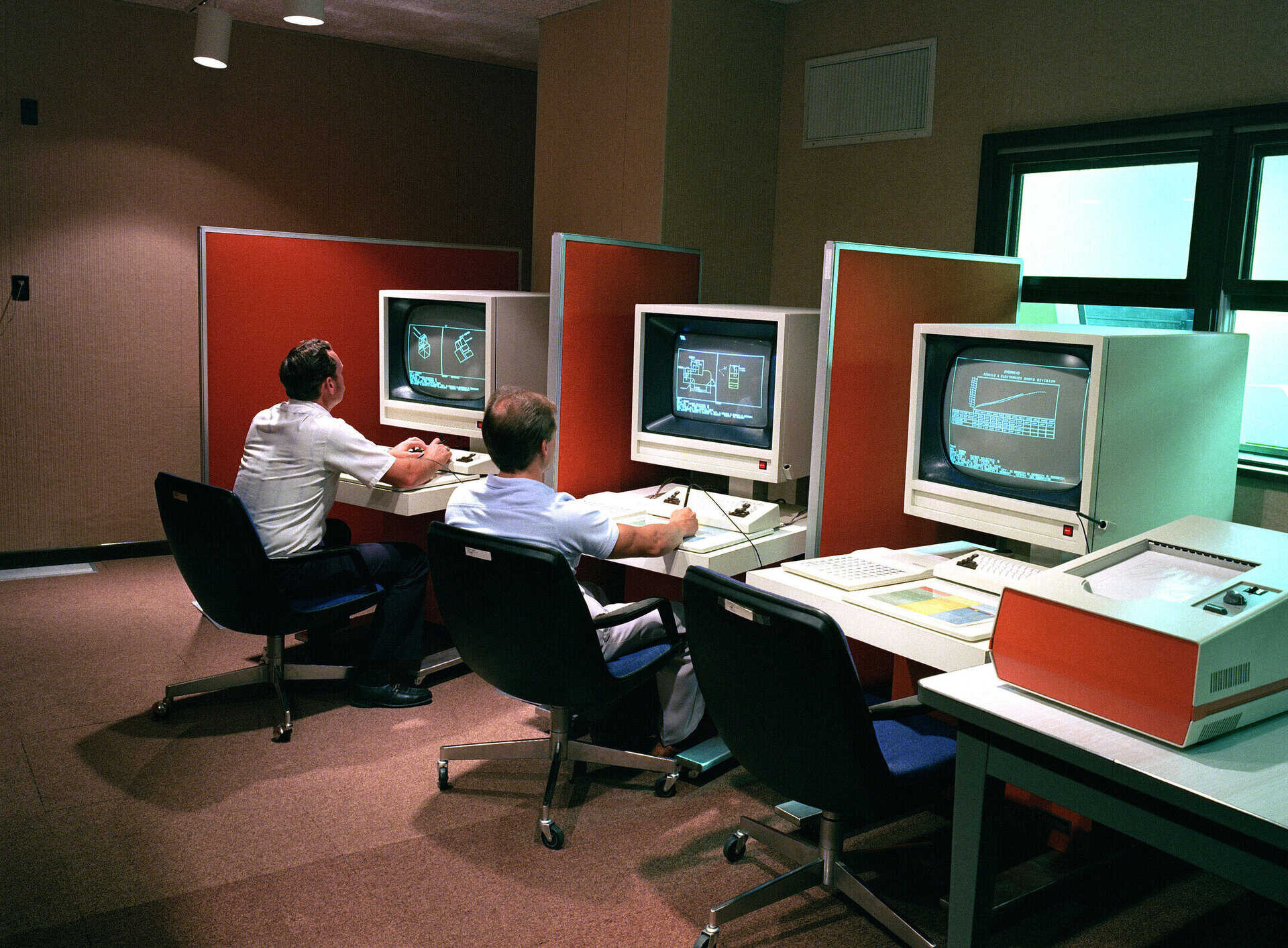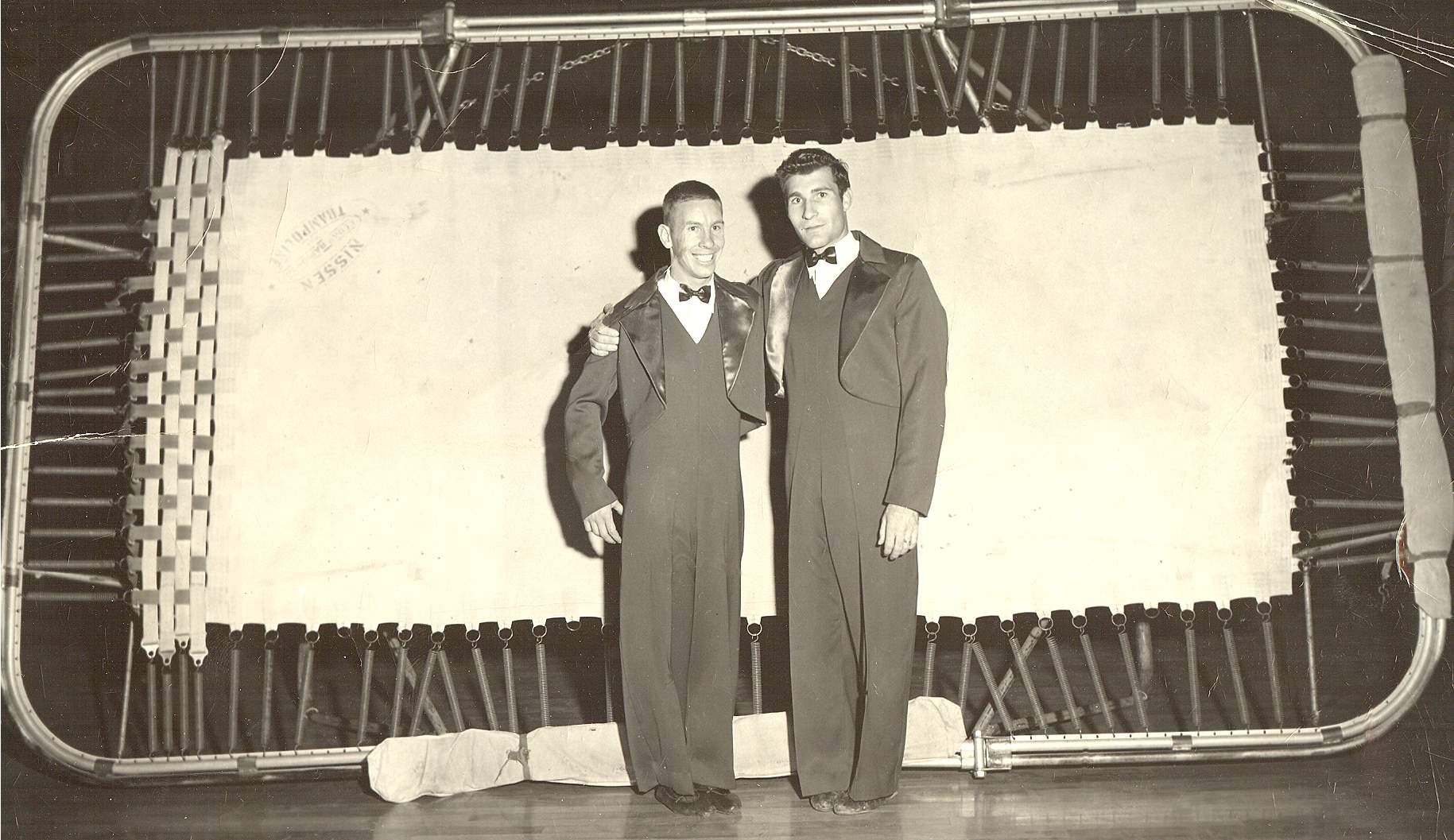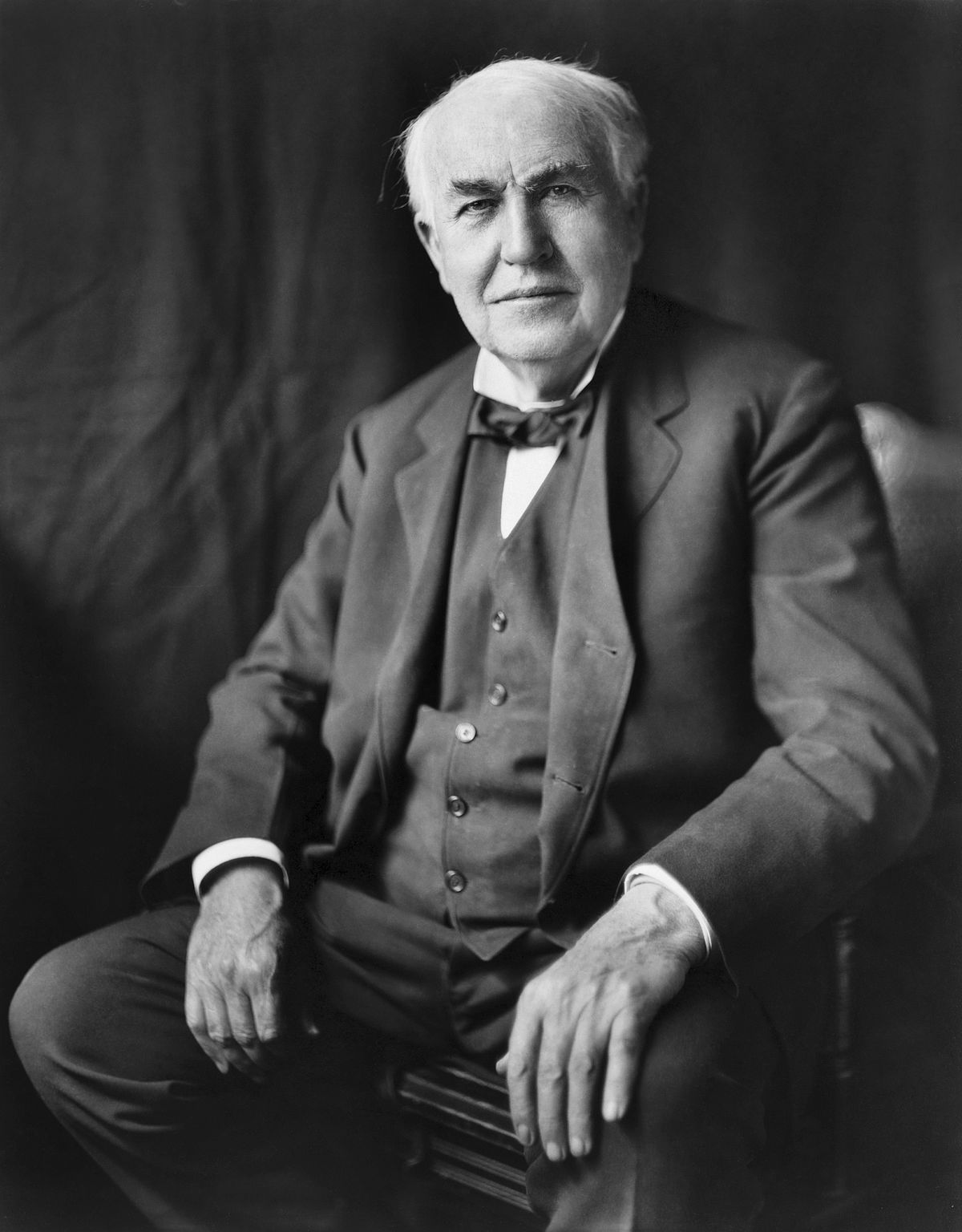Home>Technology>Smart Home Devices>Who Invented The Laser Printer


Smart Home Devices
Who Invented The Laser Printer
Modified: August 17, 2024
Learn about the invention of the laser printer and its impact on smart home devices. Explore the history and evolution of this innovative technology.
(Many of the links in this article redirect to a specific reviewed product. Your purchase of these products through affiliate links helps to generate commission for Storables.com, at no extra cost. Learn more)
**
Introduction
**
In the modern age of technological marvels, the laser printer stands as a testament to human ingenuity and innovation. This remarkable device has revolutionized the way we produce documents, photos, and various forms of visual content. Its impact on the realms of business, education, and personal use is undeniable. To truly appreciate the significance of the laser printer, it is essential to delve into its origins, development, and evolution. This article aims to uncover the captivating story behind the invention of the laser printer, shedding light on the brilliant minds and pivotal moments that shaped this ubiquitous piece of technology. Join us on a journey through time and innovation as we explore the fascinating history of the laser printer.
**
Key Takeaways:
- The laser printer was invented by Gary Starkweather in 1969, revolutionizing printing technology and paving the way for high-speed, high-quality document production in businesses and homes.
- Laser printers have evolved to offer features like wireless printing, multifunctionality, and high-resolution color printing, impacting industries, education, and personal creativity with their efficiency and versatility.
Read more: Who Invented The Inkjet Printer
Early Development of Printing Technology
**
The evolution of printing technology can be traced back to ancient civilizations, where various methods such as woodblock printing, movable type, and letterpress revolutionized the dissemination of knowledge and information. These early techniques laid the foundation for the printing processes that would emerge in the centuries to come.
Fast forward to the 20th century, and the landscape of printing technology underwent a significant transformation. The introduction of the xerographic process by Chester Carlson in 1938 marked a pivotal moment in the history of printing. This revolutionary technique, which formed the basis of modern photocopying, utilized electrostatic charges to transfer toner onto paper, setting the stage for the development of laser printing.
Subsequent advancements, including the invention of the laser and the integration of computer technology into printing, paved the way for the birth of the laser printer. The convergence of these innovations led to a quantum leap in printing capabilities, offering unparalleled speed, precision, and quality.
As the demand for efficient and high-quality printing solutions continued to soar, the stage was set for the emergence of the laser printer, a groundbreaking invention that would redefine the printing landscape and leave an indelible mark on the world of technology.
**
Invention of the Laser Printer
**
The birth of the laser printer can be attributed to the collective ingenuity of several visionaries who sought to push the boundaries of printing technology. In 1969, Gary Starkweather, an engineer at Xerox, conceptualized the idea of using a laser beam to create an image that could be transferred onto paper. This marked the inception of a revolutionary printing method that would soon become the cornerstone of laser printing.
Starkweather’s pioneering work culminated in the development of the first working laser printer prototype in 1971. This groundbreaking device, known as EARS (Ethernet, Alto Research character generator, and Scanning laser output terminal), utilized a laser beam to etch images onto a copier drum, laying the groundwork for the modern laser printing process.
Following this milestone, Xerox introduced the Xerox 9700, the first commercial laser printer, in 1977. This monumental achievement propelled laser printing into the mainstream, offering businesses and individuals a transformative means of producing high-quality printed materials with unprecedented speed and precision.
Throughout the following decades, the laser printer underwent continuous refinement and enhancement, with industry giants such as IBM, Hewlett-Packard, and Canon contributing to its evolution. The integration of advanced technologies, including faster processors, higher resolution capabilities, and network connectivity, further solidified the laser printer’s status as an indispensable tool in diverse settings.
Notably, the development of color laser printing expanded the printer’s versatility, enabling the reproduction of vibrant images and graphics with exceptional clarity. This pivotal advancement opened new frontiers in design, marketing, and visual communication, cementing the laser printer’s position as a multifaceted printing solution.
The invention of the laser printer heralded a new era of efficiency and productivity, empowering users to effortlessly generate professional-grade documents, reports, and promotional materials. Its impact reverberated across industries, educational institutions, and households, forever altering the way information was documented and shared.
As the digital age unfolded, the laser printer continued to adapt and thrive, embracing innovative features such as wireless connectivity, mobile printing, and cloud integration. These advancements underscored the printer’s adaptability and enduring relevance in an ever-evolving technological landscape.
The invention of the laser printer stands as a testament to human inventiveness and the relentless pursuit of excellence. Its enduring legacy is a testament to the transformative power of visionary ideas and the boundless potential of innovation.
**
The laser printer was invented by Gary Starkweather at Xerox in 1969. He adapted the laser technology used in photocopiers to create the first laser printer.
Impact and Evolution of Laser Printers
**
The advent of laser printers heralded a paradigm shift in the realm of printing, leaving an indelible mark on various facets of human endeavor. From the corporate boardroom to the classroom, the impact of laser printers has been profound and far-reaching, revolutionizing the way we create, communicate, and collaborate.
One of the most significant contributions of laser printers lies in their unparalleled speed and efficiency. The ability to produce high-quality prints at remarkable speeds empowered businesses to streamline their document workflows, enhance productivity, and meet the escalating demands of a dynamic marketplace. This efficiency revolutionized the production of marketing materials, reports, and presentations, enabling organizations to convey their messages with clarity and impact.
Furthermore, the evolution of laser printers has been marked by continuous innovation, leading to enhanced capabilities and versatility. The integration of duplex printing, allowing for automatic double-sided printing, minimized paper waste and bolstered environmental sustainability. Additionally, advancements in toner technology and print resolution have elevated the quality of printed output, enabling the faithful reproduction of intricate details and vibrant colors.
Moreover, the advent of network-enabled laser printers facilitated seamless connectivity and shared access, empowering workgroups to collaborate and produce documents with unparalleled ease. The integration of wireless printing capabilities further expanded the printer’s accessibility, enabling users to print from a diverse array of devices, including smartphones and tablets.
As laser printers evolved, the introduction of multifunctional printers (MFPs) redefined the concept of office productivity, integrating printing, scanning, copying, and faxing capabilities into a single, compact device. This convergence of functionalities streamlined office operations, offering a comprehensive solution for diverse document management needs.
From a broader perspective, the impact of laser printers transcends the realm of business, extending to educational institutions, creative industries, and personal use. Students and educators have benefited from the printer’s ability to produce crisp, legible documents and educational materials, fostering a conducive learning environment. Likewise, graphic designers, photographers, and artists have leveraged the printer’s high-fidelity output to bring their creative visions to life with unparalleled precision.
The evolution of laser printers continues to unfold, with ongoing advancements in sustainability, security, and cloud integration. Energy-efficient designs, secure printing features, and seamless integration with cloud-based platforms underscore the printer’s commitment to meeting the evolving needs of users in a rapidly changing digital landscape.
As we reflect on the impact and evolution of laser printers, it becomes evident that these devices have transcended their conventional role as mere printers, emerging as indispensable tools that empower creativity, foster collaboration, and drive efficiency across diverse domains.
**
Conclusion
**
The journey of the laser printer from its inception to its current state is a tapestry woven with innovation, vision, and transformative impact. What began as a revolutionary concept in the mind of Gary Starkweather has evolved into an indispensable cornerstone of modern communication and productivity.
The laser printer’s enduring legacy is defined by its ability to transcend the confines of traditional printing, embracing technological advancements and user-centric features that have reshaped the way we interact with printed materials. From the corporate environment to educational institutions and personal use, the laser printer has left an indelible imprint on diverse spheres of human activity, empowering users to express, share, and collaborate with unparalleled efficiency and precision.
As we stand on the threshold of a future defined by rapid digital transformation, the laser printer continues to adapt and innovate, embodying the spirit of progress and adaptability. Its evolution reflects a commitment to sustainability, accessibility, and seamless integration with the digital ecosystem, ensuring that it remains a vital ally in the pursuit of enhanced productivity and creativity.
The story of the laser printer is not merely a chronicle of technological advancement; it is a testament to the enduring power of human ingenuity and the transformative impact of visionary ideas. As we look ahead, the laser printer stands poised to continue its journey as a catalyst for innovation, a facilitator of collaboration, and a symbol of the boundless potential that resides at the intersection of technology and human endeavor.
In closing, the laser printer’s journey is a testament to the enduring quest for excellence and the relentless pursuit of solutions that enrich and empower lives. Its impact resonates far beyond the realm of printing, embodying the spirit of progress and the promise of a future where creativity knows no bounds and productivity knows no limits.
Frequently Asked Questions about Who Invented The Laser Printer
Was this page helpful?
At Storables.com, we guarantee accurate and reliable information. Our content, validated by Expert Board Contributors, is crafted following stringent Editorial Policies. We're committed to providing you with well-researched, expert-backed insights for all your informational needs.
















0 thoughts on “Who Invented The Laser Printer”